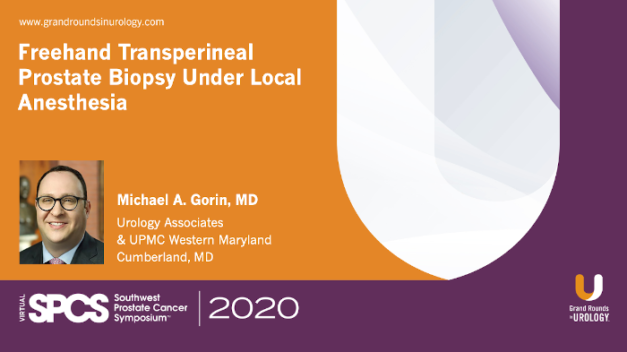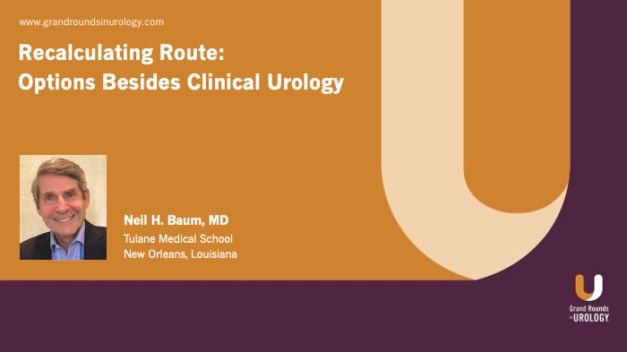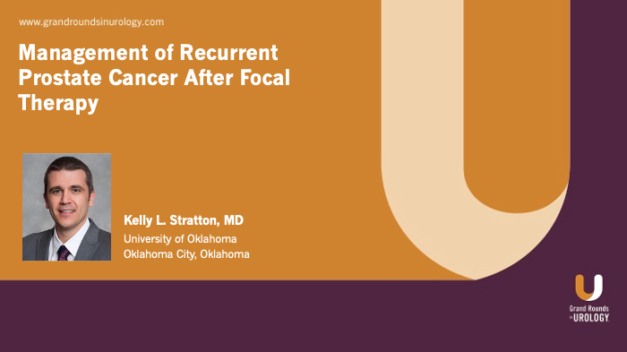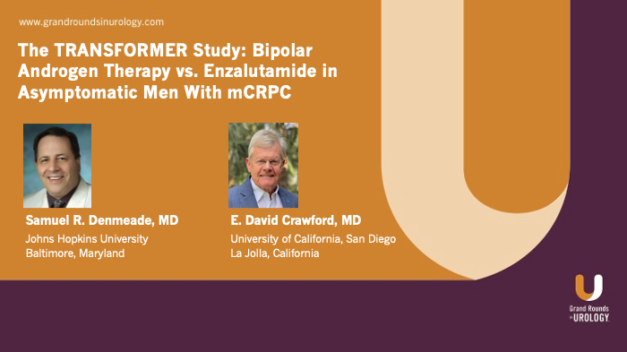Industry Perspective: Panel Discussion on Cxbladder Genomic Urine Test for Bladder Cancer
Siamak Daneshmand, MD, Associate Professor of Urology and Director of Clinical Research at the University of Southern California (USC), along with Anne Schuckman, MD, Assistant Professor of Clinical Urology at the USC, and Sima P. Porten MD, MPH, Associate Professor at the USC participated in a panel discussion on the Cxbladder Genomic Urine Test for Bladder Cancer at the 5th Annual International Bladder Cancer Update. Dr. Daneshmand reviews a research study that audited the clinical utility of the Cxbladder monitor assay and found that it accurately ruled out patients who did not have recurrent UC, enabling low risk patients to undergo cystoscopy at a longer-than-recommended interval, thereby reducing the cystoscopy burden by 39%. He then asks Drs. Porten and Schuckman questions about their experience with Cxbladder, leading the two to discuss ideal patient populations for Cxbladder, in-home sampling procedures, and situations wherein Cxbladder is most effective.
Read More




